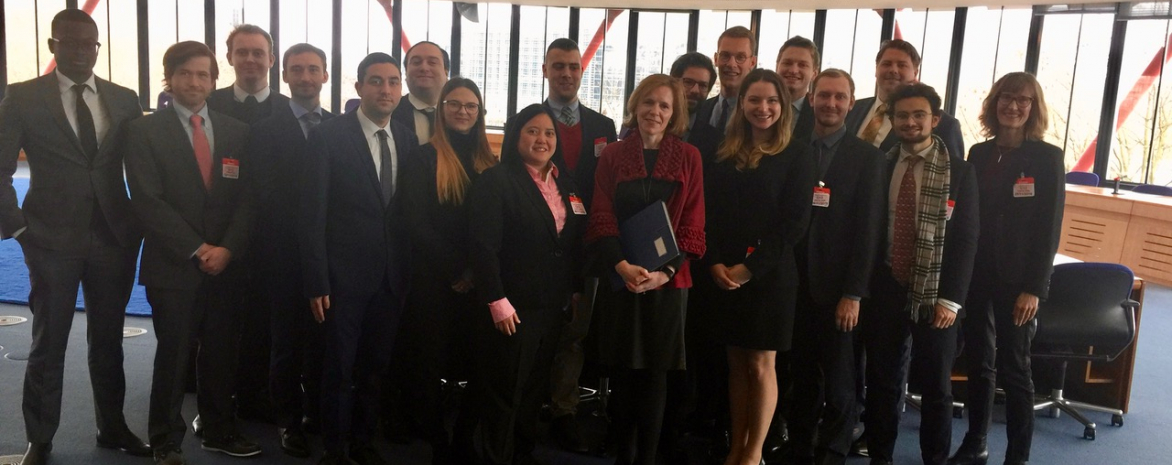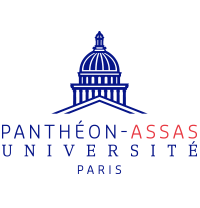Trips

One of the best things about studying in Europe is how accessible so much of the continent is. As part of our degree program, the University program brought students to Luxembourg for a week to attend seminars and visit the European Court of Justice.
The Court of Justice of the European Union is made up of two courts - the General Court, which is a court of first instance and hears cases brought against any of the EU institutions (the Commission, the Council, etc) by member states or individuals, and the European Court of Justice, which is the highest court in the EU, is responsible for interpreting and applying EU law, and handles all preliminary rulings and appeals from the General Court.
The Court of Justice is half a legal institution, half a giant interpretation centre. Our guide for the week told us that the average ECJ employee (including general staff) speaks 7 languages fluently. Hearings are probably the most incredible language feat that the Court pulls off. Though French is the official language of the Court (all judges and Advocate Generals speak French in hearings), attorneys and parties before the Court plead in their national languages.
When the Commission (the executive office of the EU, responsible for implementing ECJ decisions and proposing legislation, among other duties) pleads in a case as well, the attorneys for the Commission can plead in any language they choose.
The courtrooms are lined with two floors of glass-walled interpretation boxes. Each seat in the courtroom, including all the seats for the attorneys, judges, reférendaires (legal secretaries), and the audience, is equipped with a small device that loops around one ear and is worn a bit like a headphone. A box in each seat allows you to change the channel, and the channel for each language is listed electronically on the front of each interpretation box. Basically, a hearing proceeds as normal, but at any given time, up to 5 or 6 different languages could be being used! Everything happens in real time- each interpretation box has anywhere from 2-4 interpreters, depending on the languages being used. Not every language is interpreted in every hearing, requests are sent in for which languages to provide for each hearing in addition to the languages the attorneys, parties, and judges will be using. Once things begin, the interpreters translate as quickly as the speakers speak- there really is zero delay!
We spent a full day attending seminars at the Academy of European Law in Trier, Germany and two days in Luxembourg at the Court. We attended a briefing of the case we were to hear that day by one of the judge’s referendaires. The case we heard on Day 1 concerned a preliminary reference from a Hungarian Court about the mutual recognition of judgments in criminal matters. The case involved a Hungarian national who received and served a sentence for attempted theft in Austria and how the procedure under Hungarian national law for transposing this sentence interacted with the Treaty on the Functioning of the European Union (one of the major governing EU treaties). The case on Day 2 was a preliminary reference from a national court in Spain concerning employment contracts and workers’ rights. The individual party concerned in the case was present with her attorney, as was the company in question, and the Spanish government and the Commission. Oftentimes, in preliminary rulings, just the government attends, and the Commission gives a pleading as well, so it was neat to have so many parties present and pleading and to hear their different opinions.
In addition to attending hearings, we had seminar sessions with attorneys from the Research Department of the Court, with Judge Tomljenović from the General Court, and with Roland Klages, legal secretary to AG Spzunar (who was unfortunately sick). The presentations were all amazing- in particular, Roland Klages spent much time with us, answering all of our enthusiastic questions, and Judge Tomljenović spoke candidly about women in the Court.
